Find all the best Museums and Heritage sites now with us….

|
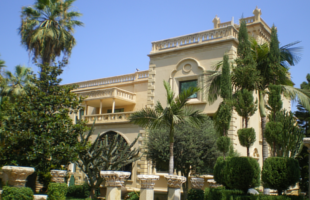 The Robert Mouawad Private Museum is a private residence in Beirut’s Zokak el-Blat quarter that was turned into a museum by the Lebanese businessman Robert Mouawad. |
 The National Museum of Beirut is the principal museum of archaeology in Lebanon. The collection was begun after World War I, and the museum was officially opened in 1942. |
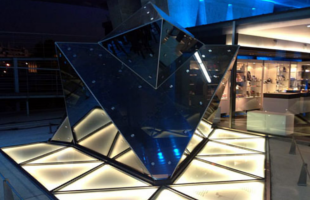 Mim is a private museum in Lebanon, located on the Saint-Joseph university campus in Beirut. More than 1400 minerals are exhibited there, representing more than 300 different species from over 60 countries. |
 Bsous Silk Museum is a silk museum in the town of Bsous near Wadi Chahrour in Lebanon, located around 15 kilometres east of Beirut. |
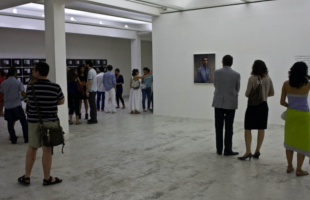 Beirut Art Center is a space for exhibiting contemporary art in Beirut, Lebanon |
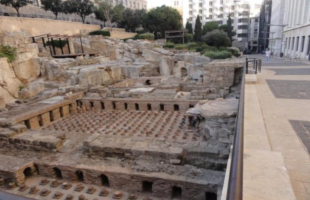 Roman Berytus are located in the middle of downtown Beirut, Lebanon between Banks Street and Capuchin Street. The remains of a Roman bath now surrounded by government buildings were found and conserved for posterity. |
 Martyrs’ Square is a square in the heart of downtown Beirut, Lebanon. In 1931, the historic square took its name to commemorate the martyrs executed there under Ottoman rule. In the 1950s the square became a popular venue for cinemas and coffee-houses. During the Lebanese Civil War, it formed the demarcation line that divided the city in half. |
 Rue Gouraud is a mixed residential and commercial street in Gemmayzeh, a neighborhood in the Achrafieh district of Beirut in Lebanon. It is named after French General Henri Gouraud. Gemmayze, and Rue Gouraud specifically, and competes with the trendy village-type neighborhood of Badaro, as one of Beirut’s bohemian quarters. |
 Al-Omari Grand Mosque is a mosque in Beirut Central District, Lebanon. The Al-Omari Grand Mosque was the old Crusader Church of Saint John. Built in the 12th century, it was transformed into the city’s Grand Mosque by the Mamluks in 1291. Damaged during the Civil War, the mosque’s refurbishment was completed in 2004. |
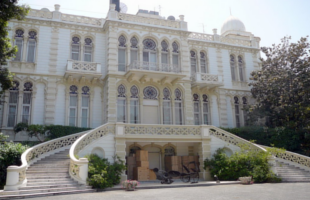 Sursock Museum, which is officially known as Nicolas Ibrahim Sursock Museum, is a modern art and contemporary art museum in Beirut, Lebanon. |
|









